What Is a Good Neutral Color for a Bathroom
Gentle, calming, and subtle, neutrals are an essential color tool in the arsenal of every savvy interior and graphic designer.
Far from bland and boring, neutral colors are the perfect canvas on which to build designs. Neutrals help to frame accent colors or to tone down and enhance the depth and softness of a scheme.
Here, discover tips for how to use neutral colors in your design projects, as well as understand more about their psychology and symbolism, and how leading designers have made neutrals the often unsung hero of their work.
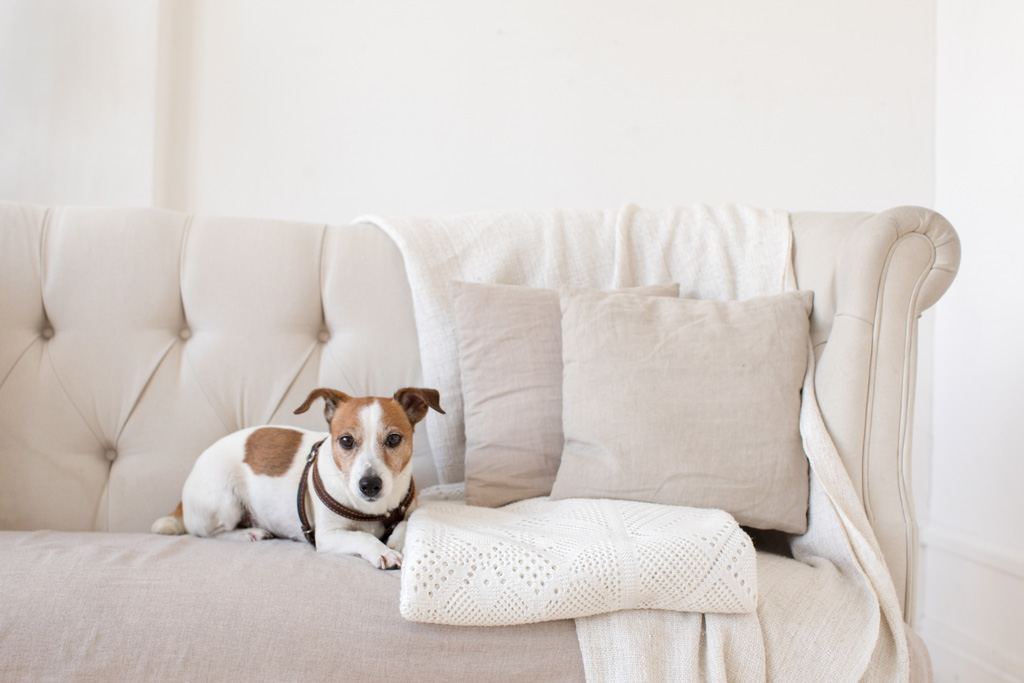
Looking for more color inspiration? Discover a whole spectrum of colors to use in your designs with our new color tool.
Where Do Neutral Colors Sit on the Color Wheel?
The term neutral refers to hues that struggle to be defined as colors. If you can't quite give a color a firm name such as red, blue, or green, and instead buff, ivory, off-white, or beige come to mind, it's likely a neutral color.
Neutral colors tend to be pale tints or dark shades of natural-inspired colors, such as brown, gray, yellow, and green. On a traditional painter's color wheel these neutral tints are not always present. Painters would have created neutral shades by mixing white with varying amounts of stronger colors.
On contemporary color wheels, neutrals are usually found at the far center or periphery of the wheel as pale tints, depending on the orientation of the wheel. Darker neutrals such as gray, charcoal and olive are found as shades of primary and secondary colors, often mixed with a generous dose of brown for good measure.
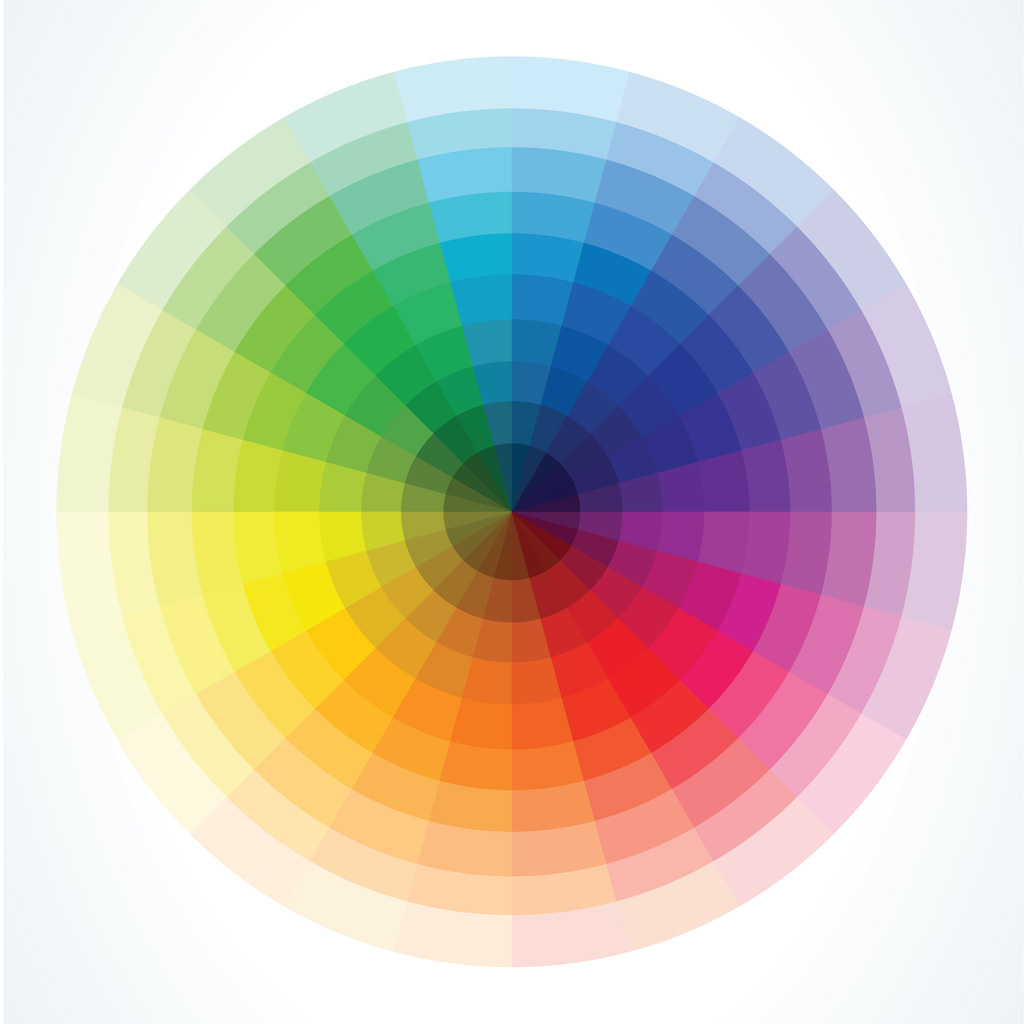
Color wheel image by contributor Antun Hirsman.
Types of Neutral Colors
Although technically lacking in color, neutrals are not completely devoid of hue. While beige and ivory might be the colors that immediately spring to mind, neutral actually refers to a very broad spectrum of hues that act as a versatile backdrop to more eye-catching accent colors.
To qualify as a neutral, a color must be gentle, calming, and subtle. They differ to monochrome colors—black and white—in that they lack contrast and visual impact. Although earth colors are also inspired by hues found in nature, neutrals are different in that they tend to be softer on the eye, unlike earth colors which can be fiery and vivid.
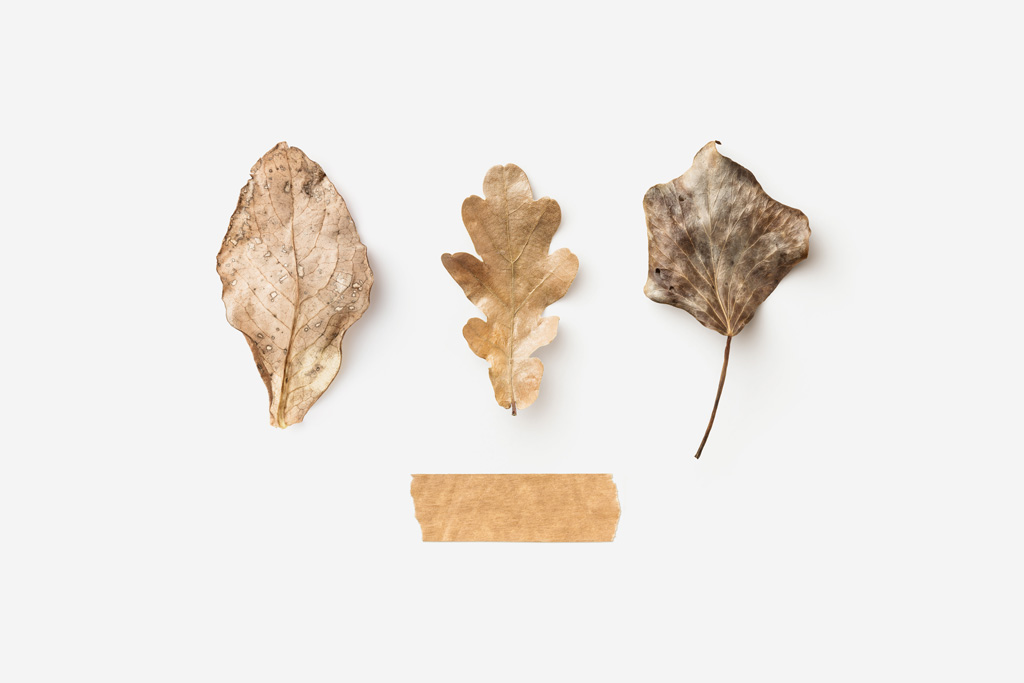
Neutral colors range from brown-hued buffs to creamy off-whites, alongside muted variations of gray, pale blue, olive green, orange, and yellow. Some of the most popular neutral hues are listed below.
Off-whites
- Ivory
- Cream
- Ecru
- Gardenia
Brown- and yellow-based neutrals
- Beige
- Camel
- Desert Sand
- Taupe
Neutrals with undertones of green, blue or other colors
- Seafoam—a soothing gray-green color inspired by the ocean.
- Dusk—a very pale color with undertones of lavender, pink and blue.
- Foggy Dew—a pale blue with gray undertones.
- Opal Blue
- Honeydew
- Chardonnay
Discover how you can use a variety of neutral colors using the Shutterstock color tool. Explore palettes and images related to a range of natural and soothing colors, including ecru, ivory, and camel.
What Colors Go With Neutral Tones?
Neutral colors are by their nature the most versatile and easy-to-use of all colors. In contrast to stronger primary, secondary, tertiary, and metallic colors, neutrals are read by the human eye as lacking in color.
In other words, most individuals don't register neutral hues as colors, meaning that they can act as a backdrop to other, more vivid colors. Because neutrals are so subtle, they can team up effectively with almost every other color in the spectrum.
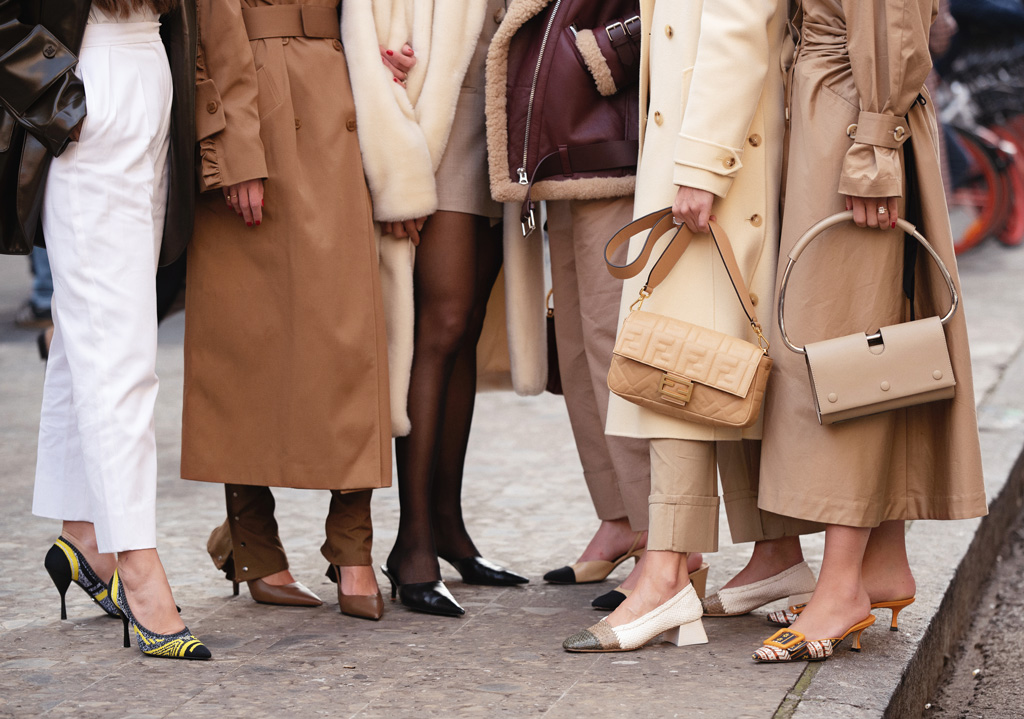
You can still observe some rules for combining neutrals with other colors. Because neutral colors still fall into either a cool or warm category, you can create a cool scheme by teaming a cool neutral, such as dusk or seafoam, with a cool color, such as blue or green.
A warm scheme combines warm neutrals, such as camel or taupe, with other warm colors like red, orange, or yellow.
You can create a more contrasting scheme by pairing a warm neutral with its complementary cool color, and vice versa. For example, yellow's complementary color is purple, so teaming yellow-based cream with a rich purple makes for an unexpectedly pleasing palette. Cool neutral seafoam, with its undertones of green and blue, is brought to life when paired with warmer pink.
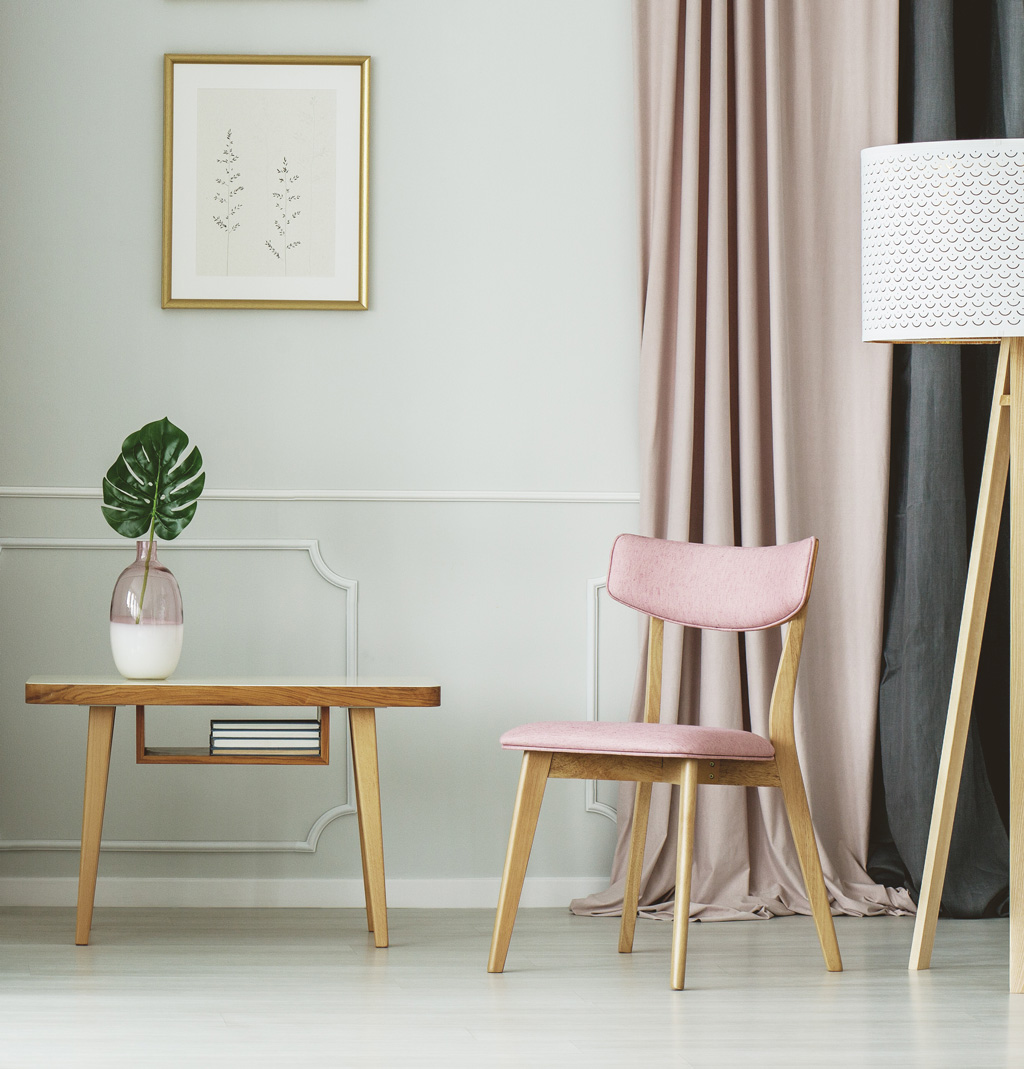
The Meaning and Psychology of Earth Colors
The human eye is able to process and see nearly seven million colors. Because the eye is designed to be extremely sensitive to these huge variations in color, it's not surprising that too many bright colors can act as an irritant to the eye, even causing headaches in some viewers.
Neutral colors are the antidote to more visually arresting colors. Proven to have a calming effect on the eye, the effect extends to the psychological impact. Neutral colors are often championed by interior designers for their ability to create spaces that soothe and quieten the mind.
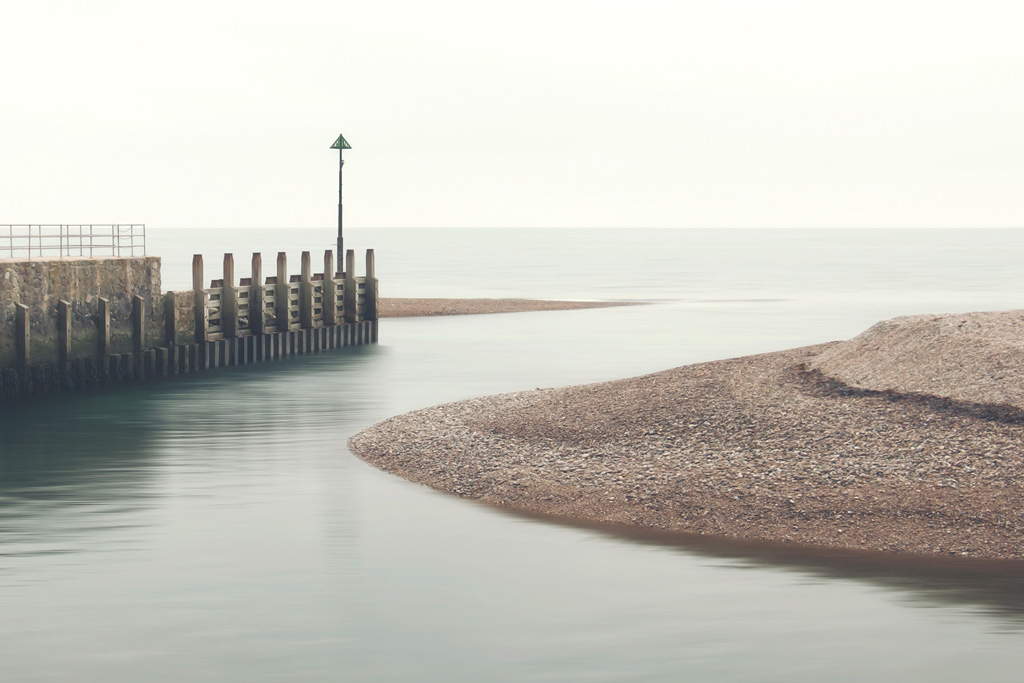
As well as being the soothing palette of choice for hospitals, doctor's surgeries, and nursing homes, neutrals have also become a signifier of good taste among discerning home decorators.
High-end paint brands like Farrow and Ball and Little Greene have built successful businesses off the back of the quiet luxury of neutral colors. The difference between the former's bestselling Elephant's Breath and Skimming Stone paint swatches might be near imperceptible at first glance, but these expensive neutral paints have become the hallmark of aspiration across the Western world.
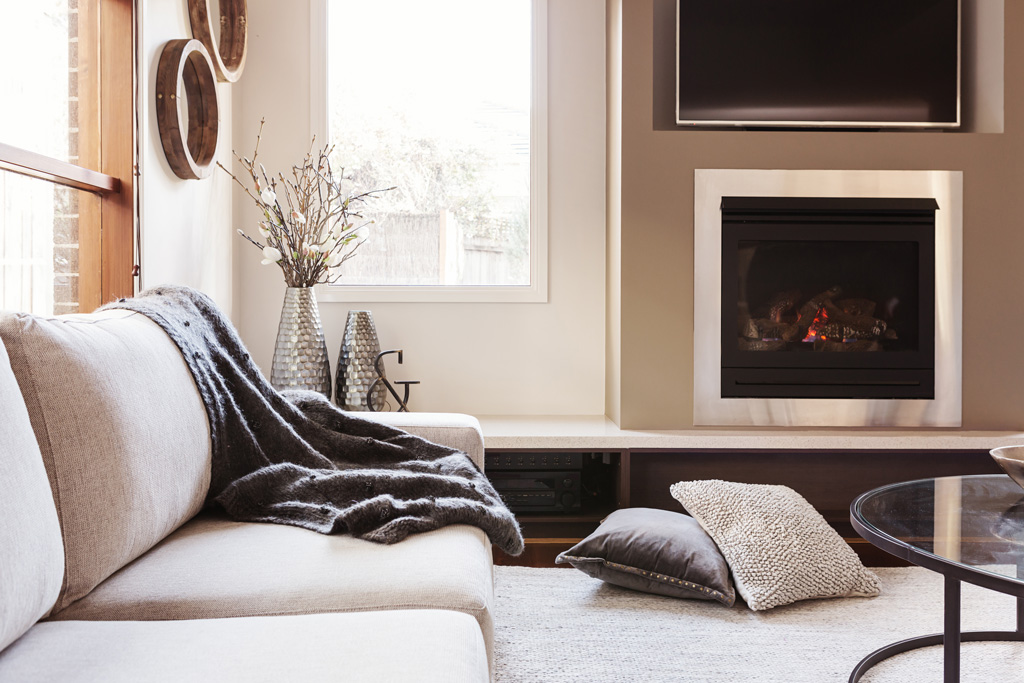
On the flipside, neutral colors can be perceived as bland and boring by some. As well as being associated with wealth and restraint, neutral shades of ivory and beige can "whitewash" schemes, leading to rooms and designs that are devoid of personality. Over the last decade, a general move towards maximalist design across interiors, graphics, and fashion has seen all-neutral palettes fall from favor, with subtle tones instead playing the companion to brighter, brasher colors and patterns.
The History of Neutral Colors
Neutral colors are inspired by colors that occur in the environment. As a result they are among the oldest types of colors used by humans, and in later centuries were often the result of a lack of industrial processes in the manufacture of garments and pigments.
Stronger hues, such as purple, pure white, and red, were expensive to achieve and as a result were exclusive to ruling classes in many ancient cultures, while undyed garments and unpainted walls were more often the backdrop to the lives of the underprivileged.
Over time, vivid colors became synonymous with royalty and wealth, while poverty was marked by a desaturated palette. Jewel-like hues and metallic colors adorned palaces and public spaces, as well as churches. The latter attracted particular attention during the Protestant Reformations in Germany and England, when ecclesiastical buildings were stripped of their bright papal colors.
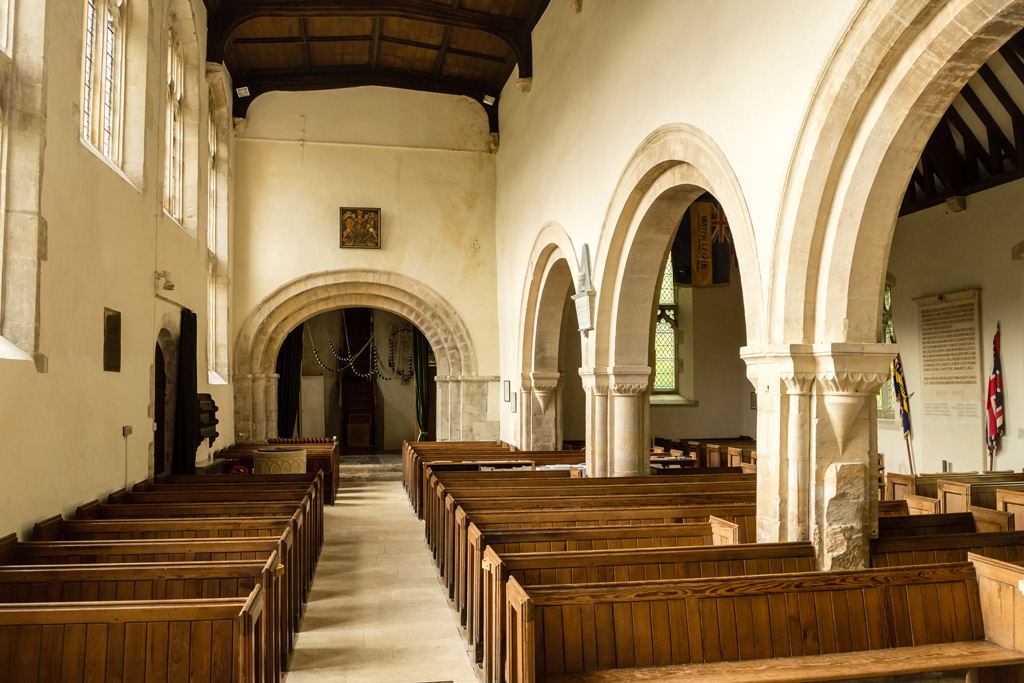
A little later, in the 17th century, Puritans emigrating to the New World opted for clothing in intentionally somber colors, believing that bright colors were ostentatious and wasteful.
This trend towards neutral colors in times of puritanism continued well into the 19th and 20th centuries. The Victorians favored darker neutral shades in their interiors and clothing, and Queen Victoria popularized the use of drab shades further when she opted to wear only black following the death of her husband Albert.
In wartime, neutral, combat-inspired shades of brown, olive, and buff allowed women left at home to communicate their solidarity with absent husbands and sons. By the 1950s, somber, neutral colors fell firmly out of fashion, with cheering pastels the antidote to wartime restraint.
The 1970s returned to neutral, nature-inspired colors in full force, with brown, cream, and camel colors adorning almost everything possible, from clothing to wallpapers, cars, and kitchen appliances.
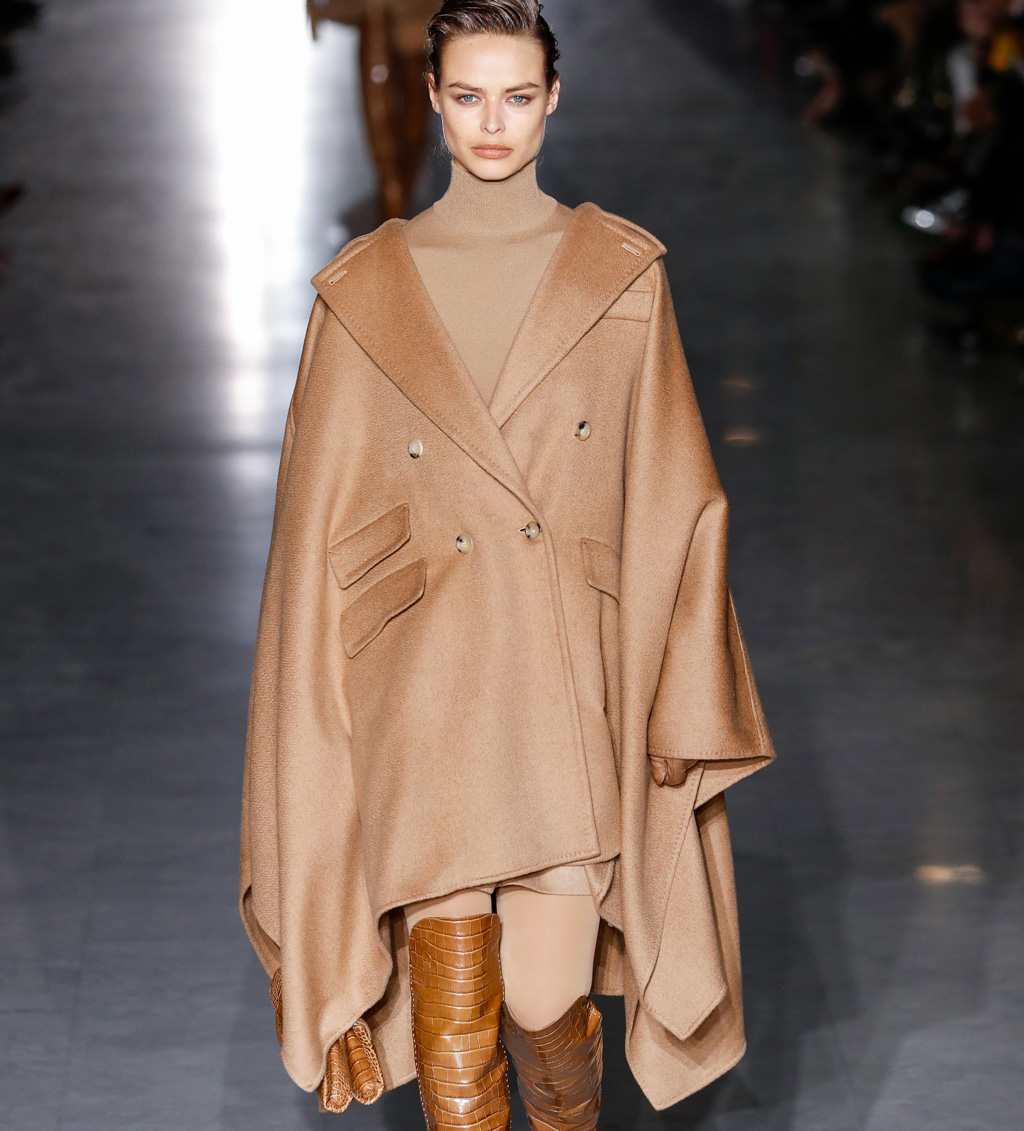
After a decade of brash, flashy colors that was in line with the excess of the 1980s, neutrals made a significant comeback in the 1990s, with fashion designer Calvin Klein spearheading a minimalist revolution. His ultra-simple slip dresses and trouser suits came in various neutral shades of buff, ivory, beige, and gray—a color palette that translated to the furniture and interior designs of the period.
Today, neutral colors carry some aspects of their puritanical history, but Klein has left a lasting impact, transforming neutral colors from drab and somber into a mark of sophistication and modern simplicity.
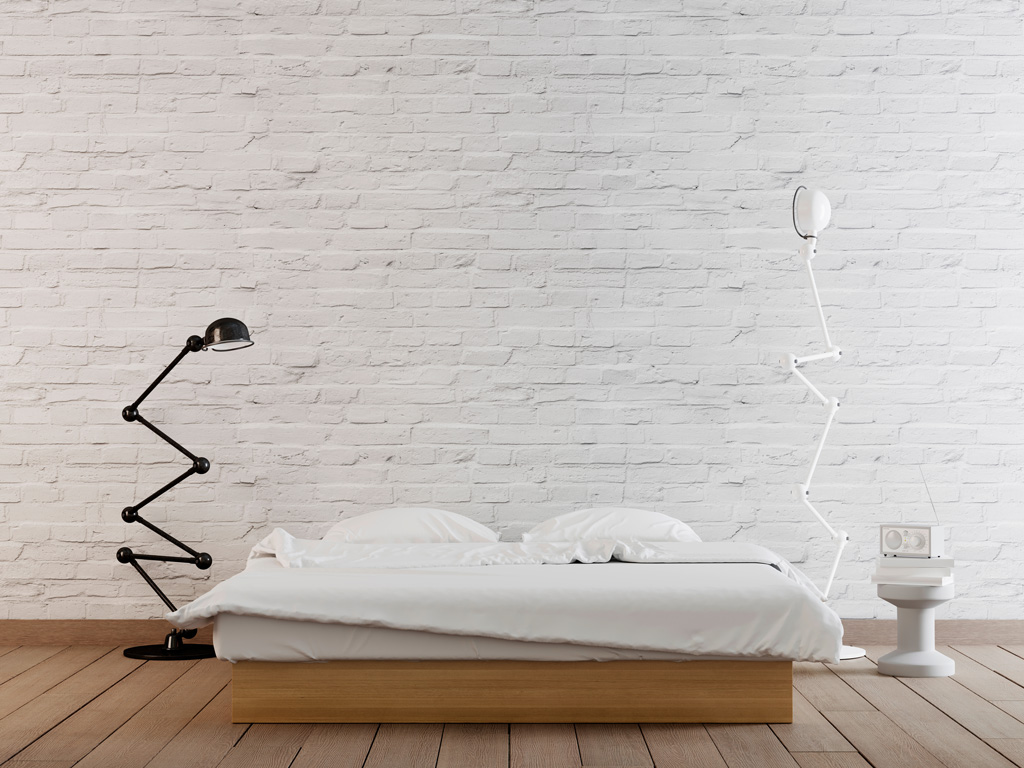
How to Design with Neutral Colors
The neutrals group is probably the most popular color group among interior designers. Championed for their ability to create calm and soothing spaces, as well as give the impression of cleanliness and space, neutral colors can be combined in multitude to create rooms that have depth and sophistication.
The self-proclaimed Queen of Taupe, British interior designer Kelly Hoppen is known for her love of neutral colors and cites "taupe, sand, cream/off white and pure white" as her go-to, core colors for creating versatile, elegant schemes for townhouses, hotels, and luxury yachts.
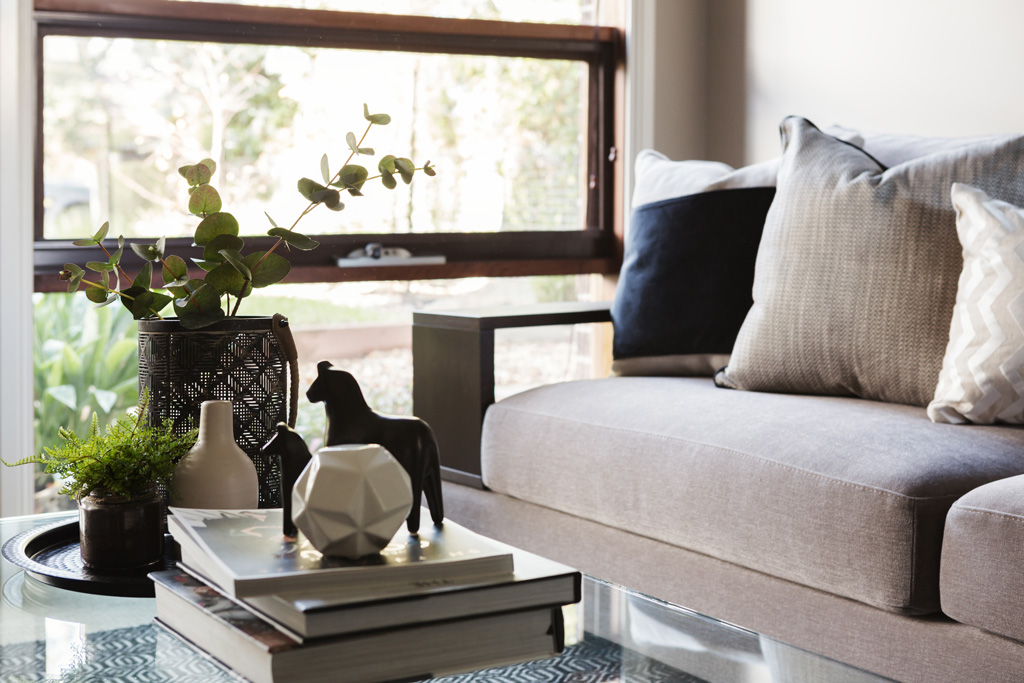
Graphic and web designers might be less acquainted with neutral colors. Especially in the realm of digital design, it can seem unadventurous to opt for neutral colors over acid neons or juicy brights. However, web designers especially should give neutrals a second look. With so many websites and apps opting for ultra-bright, headache-inducing schemes, a neutral-based design can be an exceptionally welcome respite for sore eyes.
This website design for CGI artist Jakub Cech by French art director Martin Silvestre is a lesson is simple, neutral-tinted restraint, with greige hues allowing the viewer to focus on the stylish serif type and the artist's portfolio.
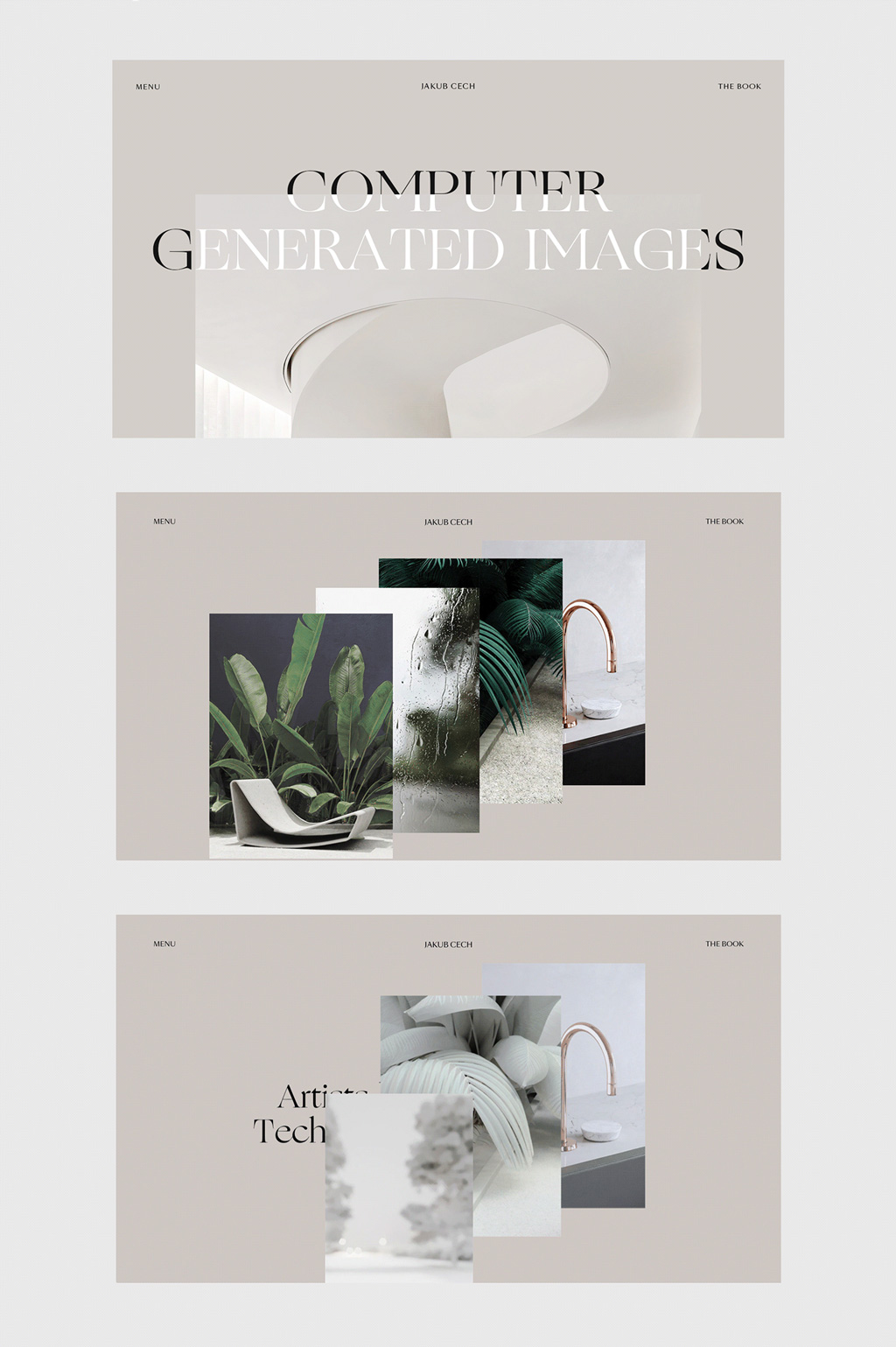
In similar style, this website and app design for gallerists Dieu Neo is a celebration of neutral tones. The perfect backdrop to the masterpieces featured on the site, a simple buff and black palette acts like the perfect canvas, allowing the paintings to shine.
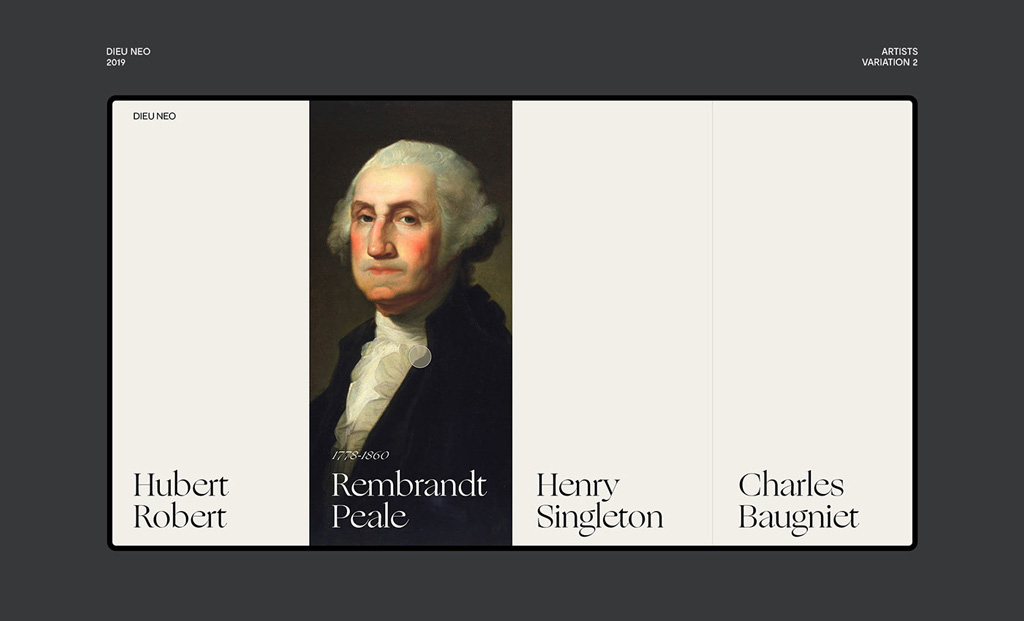
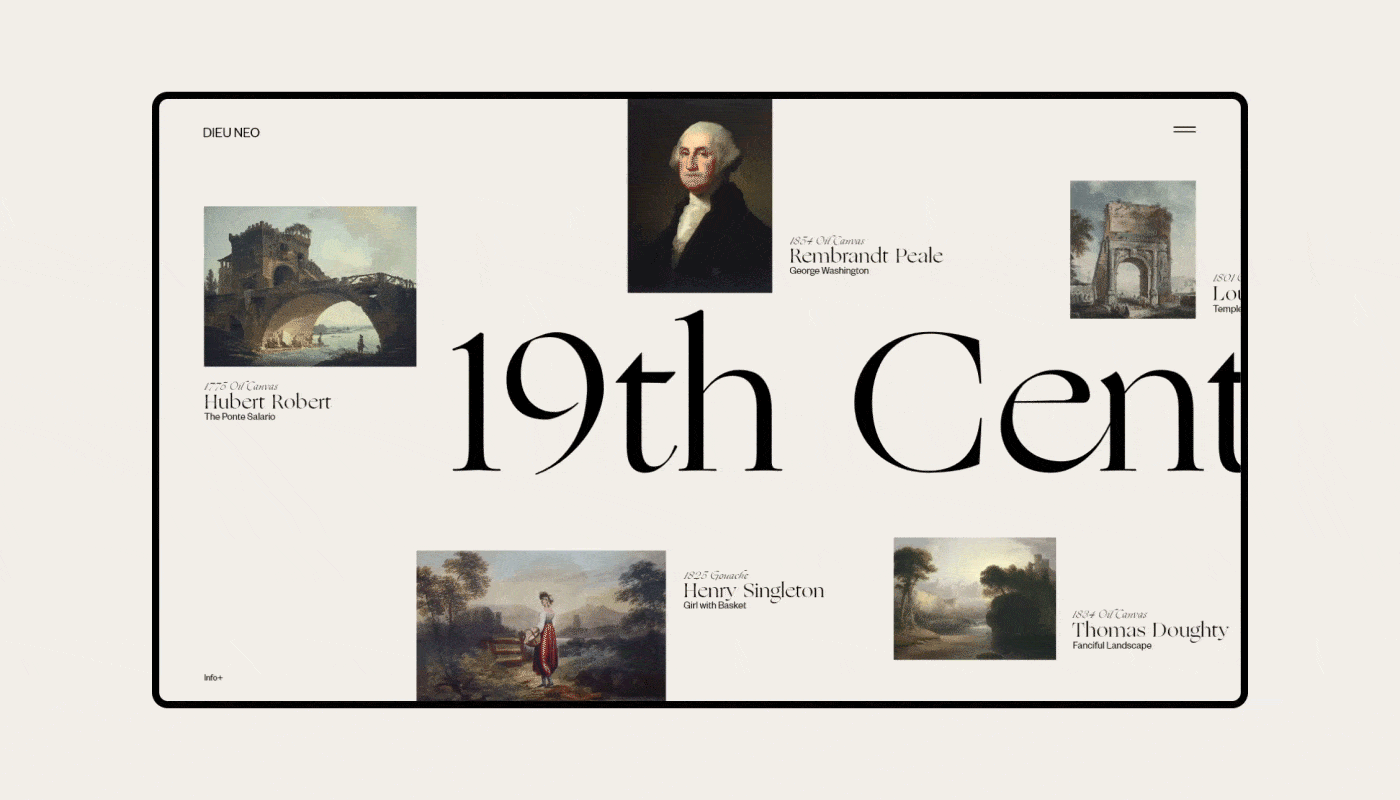
Ready to use neutral colors in your designs? Below, discover three versatile palettes—warm, cool green, and cool blue—that you can use across a variety of print and web projects.
Palette 1: Warm Neutrals
An exceptionally pretty palette, this soothing, feminine scheme combines champagne pink with greige, pale pink, and pale chamois.
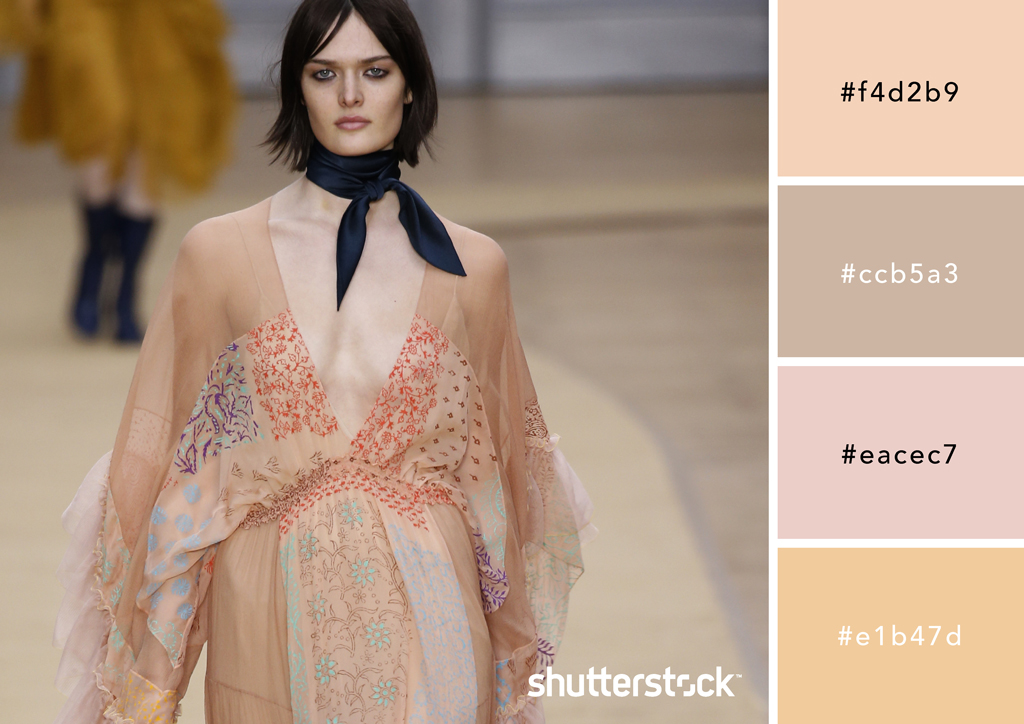
Palette 2: Cool Green Neutrals
Cool and fresh, this green-based neutral palette would work beautifully for both interior schemes and website designs.

Palette 3: Cool Blue Neutrals
Balance somber neutral blues with gardenia and dusty pink for a grounded scheme evocative of wintertime coastal walks.

Want to discover more beautiful colors to use in your designs?
Discover a whole spectrum of incredible colors with our new color tool that helps to bring your projects to life.
Cover image via contributor Natalya Erofeeva.
Want to learn more about designing with color? Don't miss these articles:
- The Origins, Symbolism, and Design Power of the Color Coral
- 20 Pastel Color Palettes to Get the Rococo Art Look
- Mellow Yellow: The Symbolism and History of the Color Yellow
- Colorful Packaging Design: 15 Vibrant Examples to Inspire
- White Out: Everything You Need to Know About the Color White
What Is a Good Neutral Color for a Bathroom
Source: https://www.shutterstock.com/blog/design-with-neutral-colors